DJI Mavic 3 vs DJI Mavic 3 Pro: Which One Offers Better Camera Performance?
By Elisabeth Christ
Published April 2024

The DJI Mavic 3 and Mavic 3 Pro represent the pinnacle of drone technology, each offering unique features tailored to enthusiast and professional filmmakers alike. While both drones share some similarities in design and performance capabilities, they cater to slightly different user needs and budgets. This article delves into their distinctions across various aspects, including price, design, features, and image quality. By comparing these two models, potential buyers can discern which drone offers the best value and performance for their specific use cases. Let’s explore what sets these high-flying cameras apart.
Key Takeaways
The main differences between the DJI Mavic 3 and Mavic 3 Pro lie in their designed use case and subtle enhancements in features and functionalities. While both models start at the same price point, the Mavic 3 Pro offers more robust camera features, extended video transmission capabilities, and additional professional-grade tools. The standard Mavic 3, while less equipped for professional filmmaking, still offers impressive performance suitable for enthusiasts.


DJI Mavic 3
Best for Budget-minded Professionals
✓ 8GB of internal storage
✓ All-around obstacles-avoidance sensors
✓47mph / 21m/s maximum speed
✓ 5,000mAh battery capacity
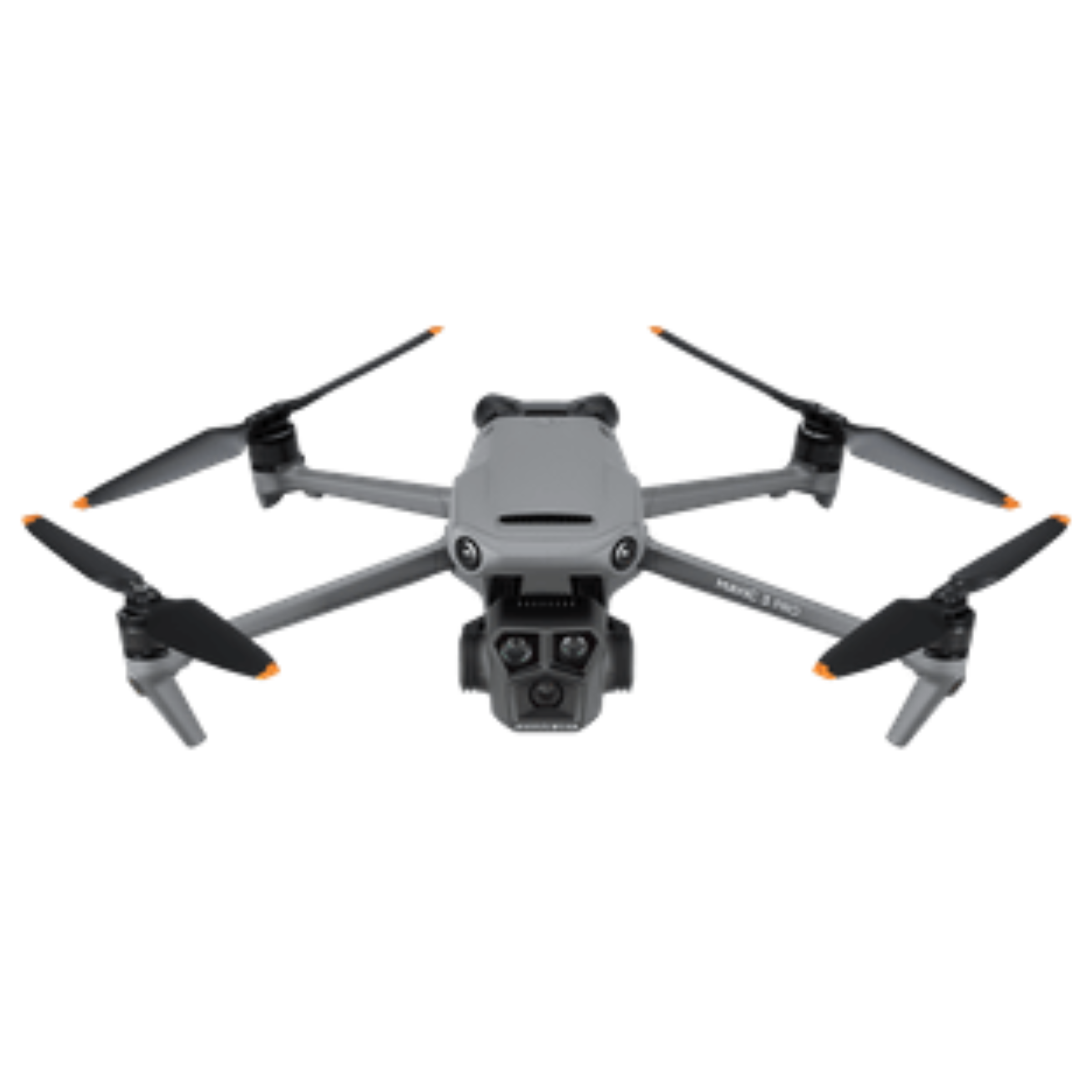
DJI Mavic 3 Pro
Best for Professionals
✓ DJI RC remote available
✓ Hasselblad L2D-20c camera
✓ Omnidirectional obstacle-avoidance sensors
✓ Up to 5.1K50 video resolution
#1 Price & Design

DJI Mavic 3
The DJI Mavic 3 starts at $2,199 for the standard version and escalates to $4,999 for the DJI Mavic 3 Cine Premium Combo, which includes a built-in 1TB SSD and Apple ProRes 422 HQ video recording support. It boasts a compact, foldable design that is both travel-friendly and robust, weighing under 900 grams. The three price tiers cater to varying levels of usage, from casual enthusiasts to professional filmmakers needing significant on-board storage and advanced video capabilities.
In contrast, the DJI Mavic 3 Pro is available at a starting price of $2,199, similar to the base model of the Mavic 3 but with distinct enhancements. It includes a built-in screen on the remote controller and a two-toned color scheme, providing an aesthetic and functional upgrade. The design emphasizes ease of use with quick-release, self-tightening propellers and a portable form factor. Although both models share a starting price, the Mavic 3 Pro offers configurations that are particularly tailored towards professional users requiring more robust camera features and longer transmission capabilities.
#2 Features & Performances

DJI Mavic 3 Pro
The DJI Mavic 3 features extensive safety and performance functionalities like the Advanced Pilot Assistance System (APAS) 5.0 and upgraded ActiveTrack 5.0, ensuring enhanced obstacle detection and subject tracking. It supports automated flight patterns and boasts a comprehensive control range of up to 10 km with OcuSync 2.0. These features are designed to assist pilots in capturing complex shots while maintaining ease of use and safety during flight.
Meanwhile, the Mavic 3 Pro enhances these capabilities further with OcuSync 3+ Transmission System, which extends the control range and improves the reliability of the video transmission signal. Its array of sensors and advanced camera systems are engineered for professional use, ensuring precise control and higher-quality data capture, particularly in varied environmental conditions. The inclusion of features like AirSense ADS-B sensor and compliance with FAA Remote ID requirements also underline its suitability for professional aerial filming where compliance and extended functionality are crucial.
#3 Image & Video Quality

DJI Mavic 3
Both drones excel in image and video quality, but with key distinctions tailored to different user needs. The Mavic 3 utilizes a dual Hasselblad camera system, featuring a 20MP Four Thirds CMOS sensor for high-quality imaging and a secondary camera with a 28x hybrid zoom. It captures video in standard 4K 30fps, sufficient for high-definition aerial footage, but lacks the RAW video capabilities found in more advanced models.
The Mavic 3 Pro, on the other hand, offers superior video specifications, supporting H.264 and H.265 video codecs, and provides the ability to shoot in 5.1K50, 4K up to 120fps, and up to 1080p200. Its camera system also supports 12-bit RAW photos, giving professionals more flexibility in post-production. These advanced features make the Mavic 3 Pro a more suitable option for professional cinematographers who require extensive editing capabilities and the highest video quality.
#4 Battery Life

DJI Mavic 3 Pro
The DJI Mavic 3 boasts a 5,000mAh battery that provides up to 46 minutes of flight time under optimal conditions, which is slightly higher compared to the Mavic 3 Pro’s 43 minutes. The difference in battery performance is subtle yet crucial for users needing the longest possible airtime for complex shoots. Both models offer enhanced battery management systems that display remaining flight time, aiding pilots in planning their sessions effectively.
Despite having a slightly shorter advertised flight time, the Mavic 3 Pro compensates with options for an Intelligent Flight Battery Plus, potentially extending flight times to 47 minutes under ideal conditions. This option gives users flexibility based on their specific needs and flight conditions. Both drones are designed to maximize time in the air, but the Pro version provides slightly more adaptability with its battery options.
DJI Mavic 3 vs DJI Mavic 3 Pro
Final Thoughts

DJI Mavic 3 vs DJI Mavic 3 Pro
Choosing between the DJI Mavic 3 and Mavic 3 Pro depends largely on your specific needs as a filmmaker. For amateurs or those with less demanding filming needs, the DJI Mavic 3 provides robust capabilities at a lower cost, especially in its base configuration. Professional filmmakers, however, will find the enhanced camera features and extended performance of the Mavic 3 Pro worth the investment. Ultimately, both drones offer exceptional quality and performance, making them leaders in their respective categories for aerial photography and videography.
If you like to read more about
Drone Camera, check out our other relevant guides here:
The Best Drones for 2024
Best Drones for Kids
DJI Mini 4 Pro vs DJI Air 3: Which Drone is the Best for You?
Don't miss out on tech
Subscribe to our newsletter to stay up to date on the latest tech trends and guides on the best gadgets around.


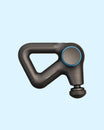
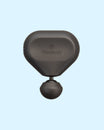

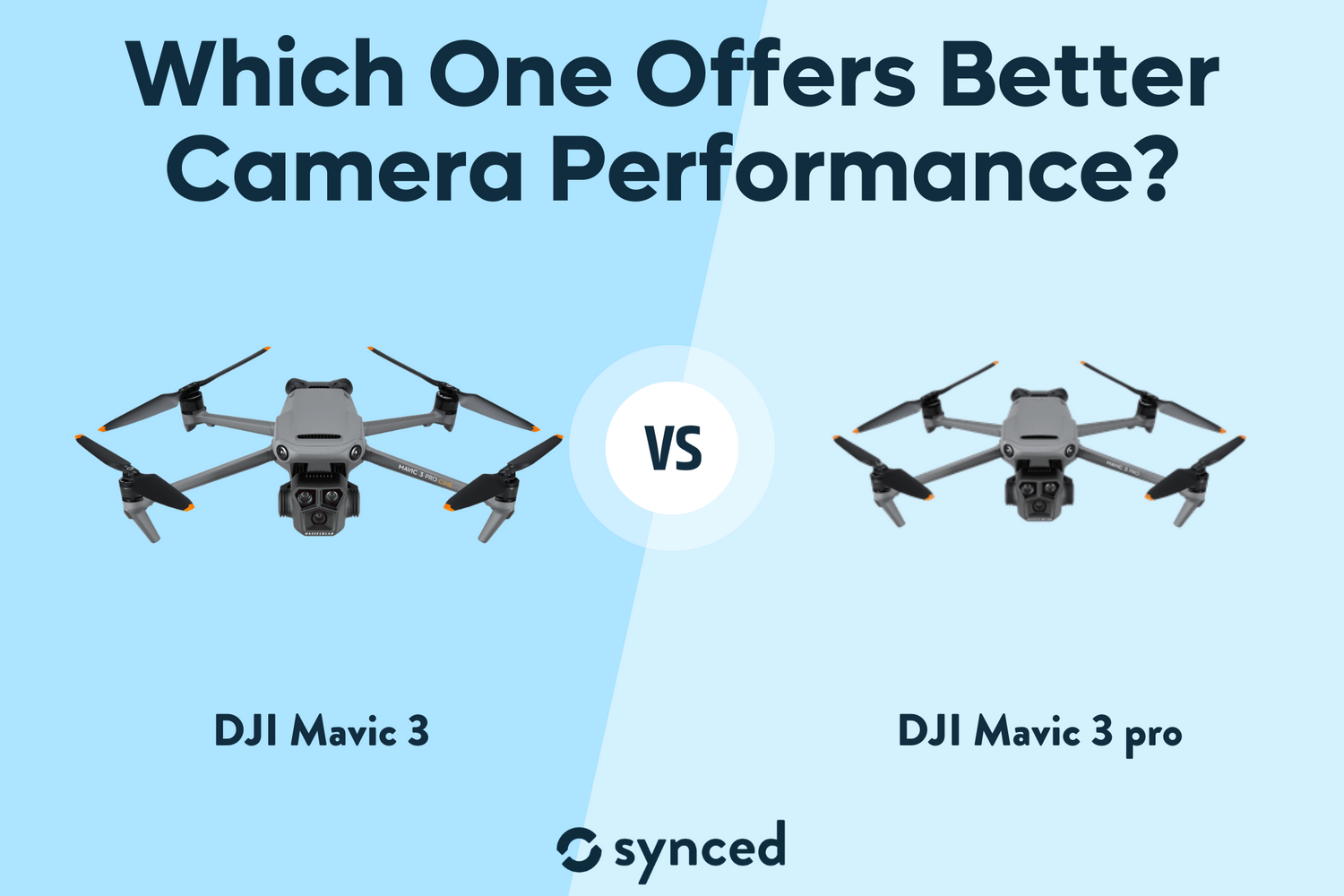

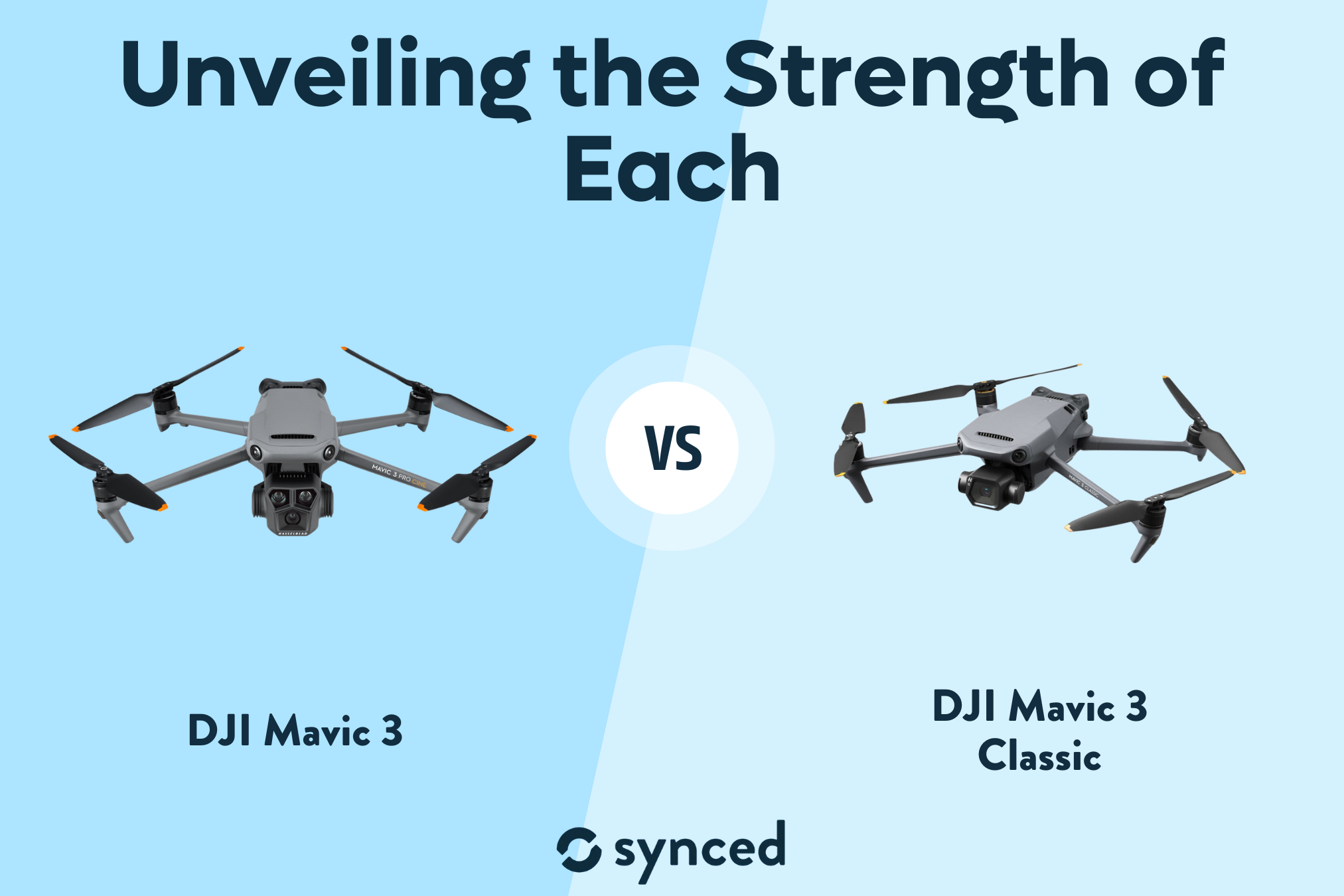
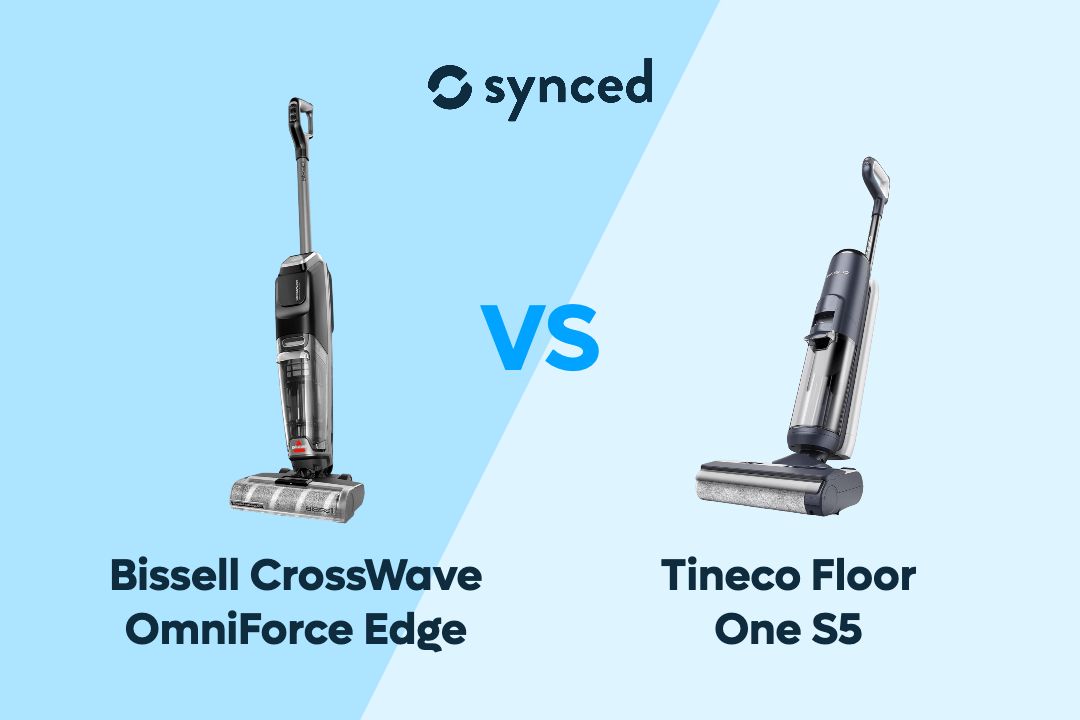
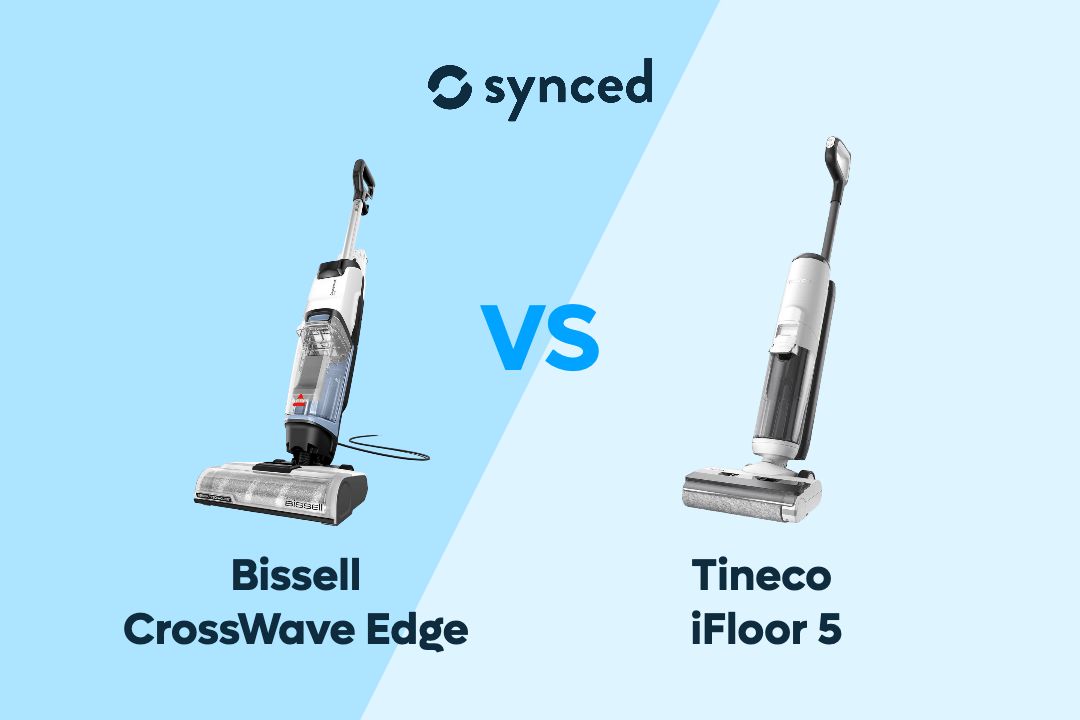
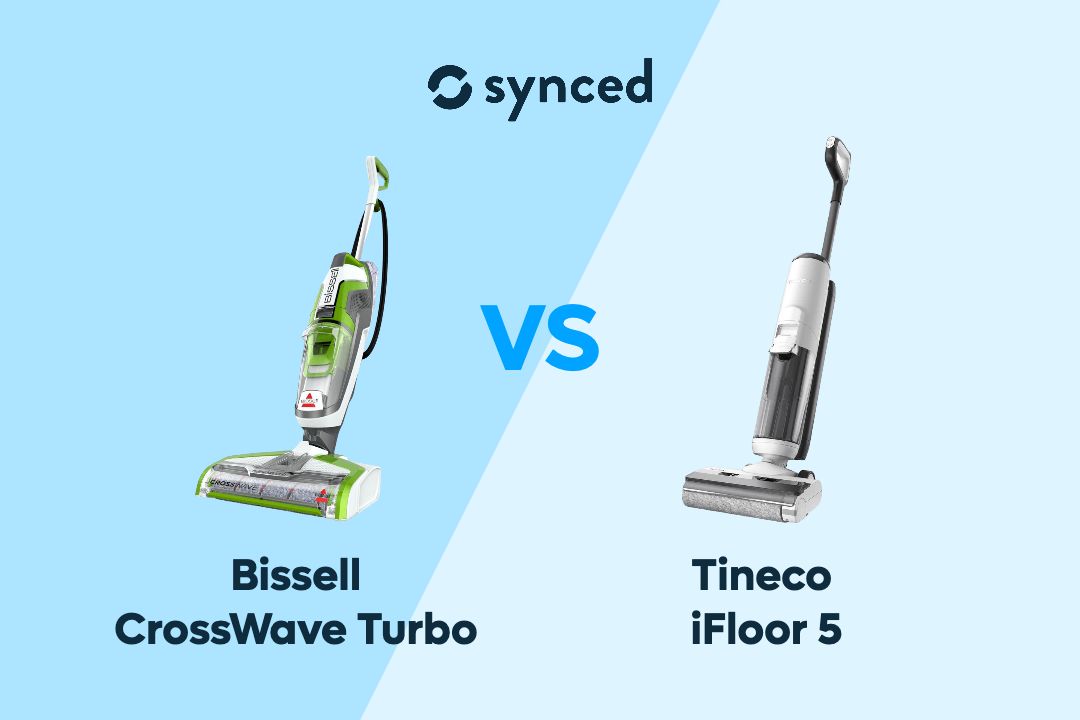
Leave a comment
This site is protected by hCaptcha and the hCaptcha Privacy Policy and Terms of Service apply.